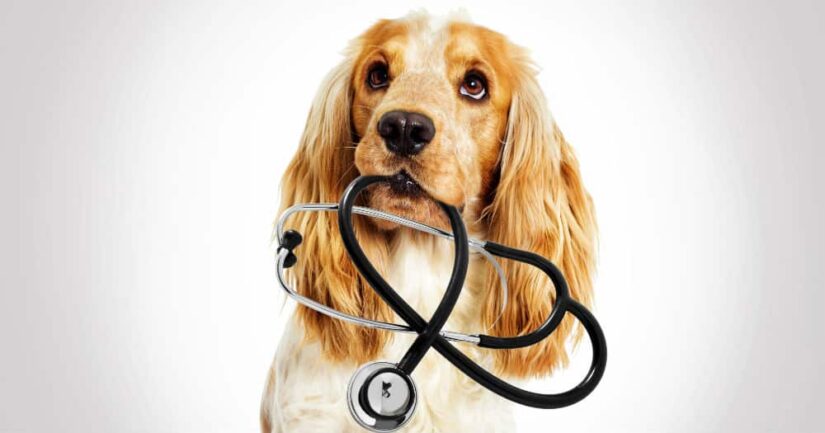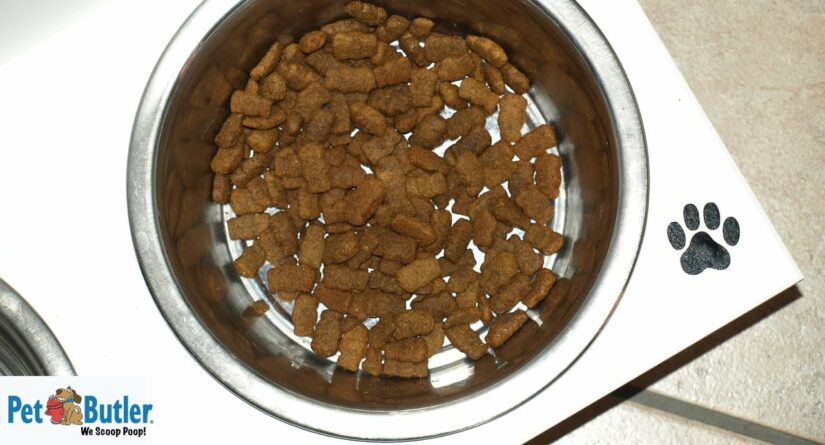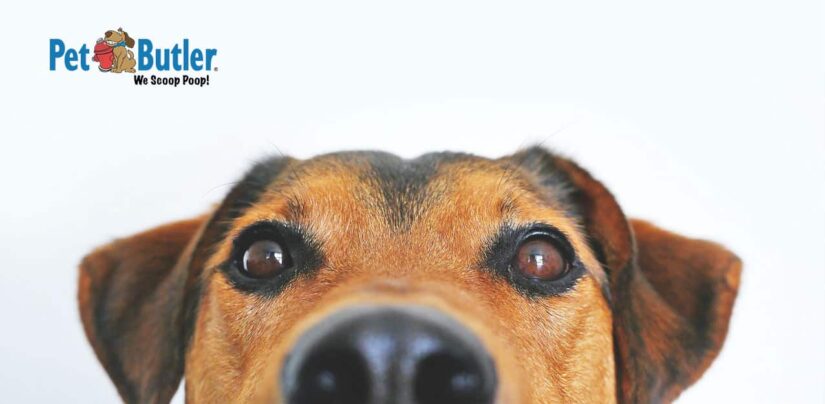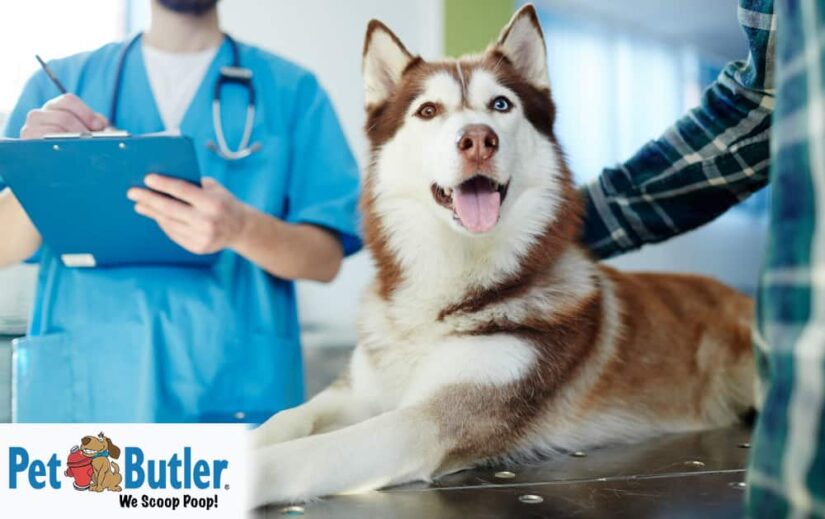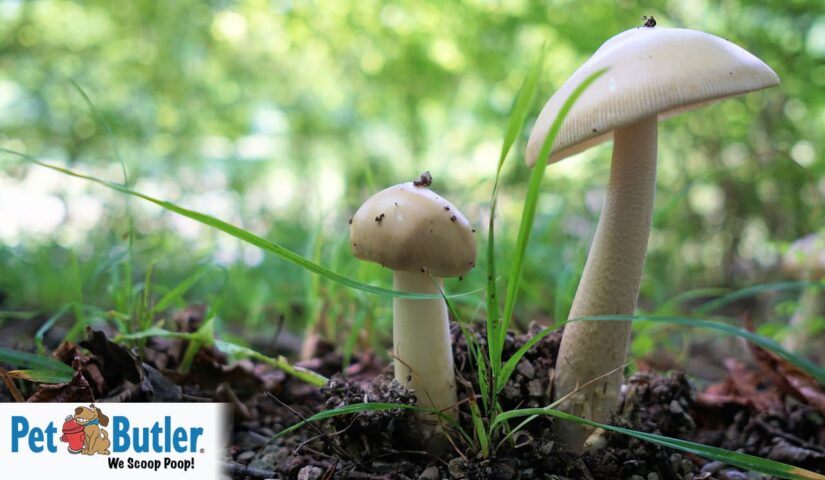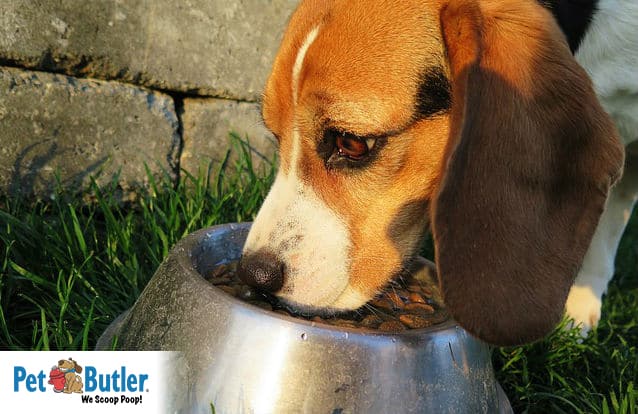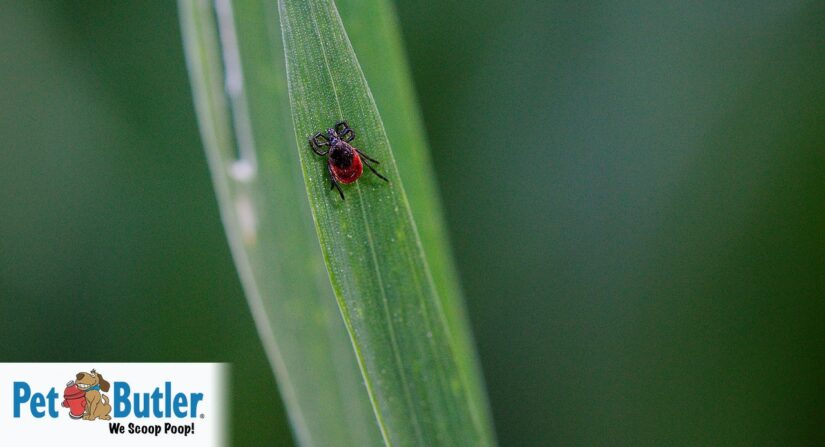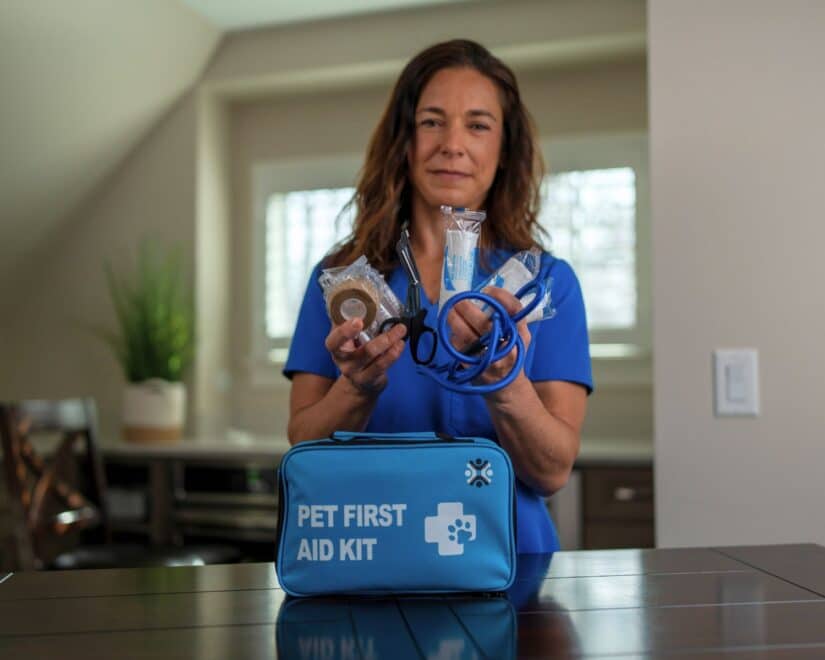With more technology to diagnose and treat diseases such as cancer and chronic pain, pet owners have a multitude of choices for care when their pet becomes ill. Though cost should be the last thing on the mind of a concerned pet parent, owners often face a difficult decision when an animal companion becomes ill or injured: go into debt to pay for the care the pet needs or euthanize.
This painful scenario can be avoided by purchasing pet insurance, a practice that many veterinarians recommend as a way for owners to be able to consider treatment options for their pets that they otherwise could not afford. In other words, owners can base health care decisions on their pets’ needs and the veterinarians’ recommendations rather than on the cost of treatment.
How Does Pet Insurance Work?
Unlike our health insurance which involves a contractual relationship between the insurance company, the physician and the patient, pet insurance is a contract between the pet owner and the insurance company only. It operates in the same manner as car insurance, with the insurance companies compensating pet owners for the costs associated with the treatment of illness or injury and sometimes routine care.
Thus, if a pet requires veterinary care, the owner pays for the services out of pocket, completes the necessary paperwork, and submits it to his or her insurance company. The company then reimburses the owner based on the plan that the owner selected. For some owners, this is a pro as care is not limited to in-network providers and they can pay the up-front expense with the promise of full to partial reimbursement.
Other pet owners do not have the funds accessible to pay for immediate treatment and must discuss payment plans with their veterinarian.
Which Pet Insurance Is Best?
Figuring out which pet insurance company and plan that works best for you and your pet may seem daunting. With factors to consider such as customer service, deductibles, coverage of congenital or pre-existing conditions, speed of repayment, and the monthly expense, some owners may forgo insurance for their dog and instead establish a monthly pet savings account.
Though still responsible for any out-of-pocket medical expenses, having a cushion in the bank for a medical catastrophe can help ease the financial pain of treating your pet. No doubt about it, even routine care can run into the thousands of dollars annually as vaccinations, parasite preventatives, good nutrition, and dental care are all critical to maintaining your pet’s health.
When evaluating insurance companies, it is important to consider whether veterinarians are employed by the company in arbitrating claims, the company is approved by the state insurance regulatory agency where policies are sold, and there is transparency in communicating policy limits, pricing structures, co-pays, deductibles, limits, and optional coverage or exclusions specific to your pet (i.e. coverage for annual wellness visits).
If your pet has a chronic condition such as seasonal allergies, will examinations be covered along with prescription medications?
Several breeds have higher deductibles; retrievers are notorious for ingesting socks and other foreign objects that require surgical removal and insurance companies know it! More recently, some employers have made it simple for pet owning employees to choose their insurance company by including pet insurance as an employment benefit.
Some pet insurance companies offer discounts, such as for veterans, making those plans most appealing. Whichever company and plan you choose; pet insurance will allow you to reduce veterinary bills but still provide the best possible care for ill or injured pets. It’s something to think about.
Sources:
Pet Insurance
AVMA Policies
Pet Insurance U
